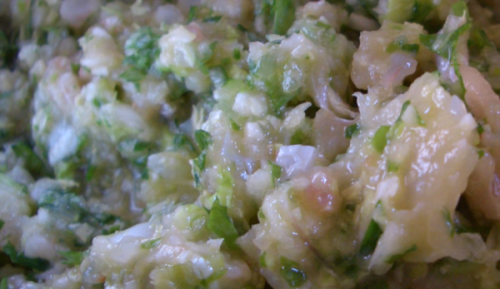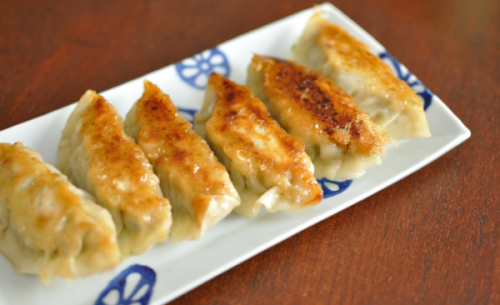
A History of Dumplings (Plus Bonus Peking Pork Dumpling Recipe)
Dumplings are universally loved, with different takes for different countries and regions. There’s the Italian ravioli, the pierogis of the Polish, Japan’s gyoza, and you’ll find more if you check out various cuisines around the world. Surely, you’ll find a dumpling recipe, whether it calls for boiling, steaming, or frying. You see, the dumpling is almost as old as human civilization itself. It was even mentioned in Roman texts.
Given their age, dumplings, of course, have different variations. They’re named depending on how they are cooked: boiled dumplings, steamed dumplings, and pan-fried dumplings. All three varieties are delicious in their own way. It depends on your preference as to which you think is best. There’s also egg dumplings, in which the wrapper is made from egg.
But of all dumplings in the world, China’s jiaozi is probably the oldest. It’s so old that maybe, it is “the mother” of all dumplings.
History of jiaozi
For 1,800 years, the Chinese dumpling has satiated hunger, but that’s not all. Originally, based on a popular legend, jiaozi were made as medicine for an epidemic that hit a village in China. According to the story, traditional Chinese medicine practitioner Zhang Zhongjing went back to his ancestral village only to find the villagers stricken with a disease.
It was winter at that time and people had few warm clothes to protect themselves from the cold, resulting in frostbite to their ears. Seeing how the disease was quickly becoming an epidemic, Zhang rose to action and created a cure.
What he did was to mix mutton with chili peppers and some herbs. Then, he shredded the mixture into fillings and stuffed the fillings inside small ear-shaped pieces of dough that were later boiled.
Each patient received from Zhang two “ears” and a bowl of hot soup. Fortunately, the disease was controlled; the villagers soon recovered from their frostbite. Besides that, they loved Zhang’s recipe and soon replicated it. And so from jiao’er (meaning, tender ears), the appetizer was named jiaozi.
Other theories suggest that jiaozi was an imported idea from Western Asia. But no matter where it came from, jiaozi will always be a symbol of happiness and prosperity in China. On the eve of the Chinese Lunar New Year, people eat dumplings between 11 p.m. and 1 a.m. Fitting enough, this period of transition between the old year and the new is called jiaozi by Chinese.
How to make Peking pork dumplings
As a bonus, let’s end this with a pork dumpling recipe inspired by Peking duck, another popular dish in China. Thanks to Food52, this wonderful recipe will fill your tummy with happiness right at home.
The ingredients are 1.5 pounds shredded cooked pork, three thinly sliced green onions, half a cup hoisin sauce, a splash of soy sauce, a splash of sesame oil, white sesame seeds, 25 wonton wrappers, and red wine vinegar.
The directions are simple. The first step is to mix the pork, hoisin sauce, soy sauce, onions, a sprinkling of sesame seeds, and sesame oil. Make sure that it’s saucy and everything is coated nicely. Before you proceed, make some adjustments to the taste as you see fit.
Next is to take a wonton wrapper and place it on a plate. Take a spoonful of filling and place it in the center of the wrapper. Bring the edges into the center until you form a purse. Twist the end and seal it with water.
After the dumplings are made, you can either boil or steam them. The dumplings are ready to be served once the wrappers are tender.
Or if you prefer them fried, you’ll need a half cup of water and a large skillet with a lid. Add 1 to 2 tablespoons of oil to the skillet and cook on high until the oil heats up. Add the dumplings, smooth side down, and let them sear for a couple of minutes until the bottoms turn golden brown. Add the water, immediately cover with the lid, and allow to steam for 3 to 4 more minutes. Remove the lid and allow any extra water to evaporate before turning off the heat.
And there you have it, Peking Pork Dumplings. Let’s not forget about the sauce. Just mix an equal measurement of soy sauce and red wine vinegar and add some sesame seeds and sliced green onion to it.
https://www.visiontimes.com/2020/04/04/a-history-of-dumplings-plus-bonus-peking-pork-dumpling-recipe.html






